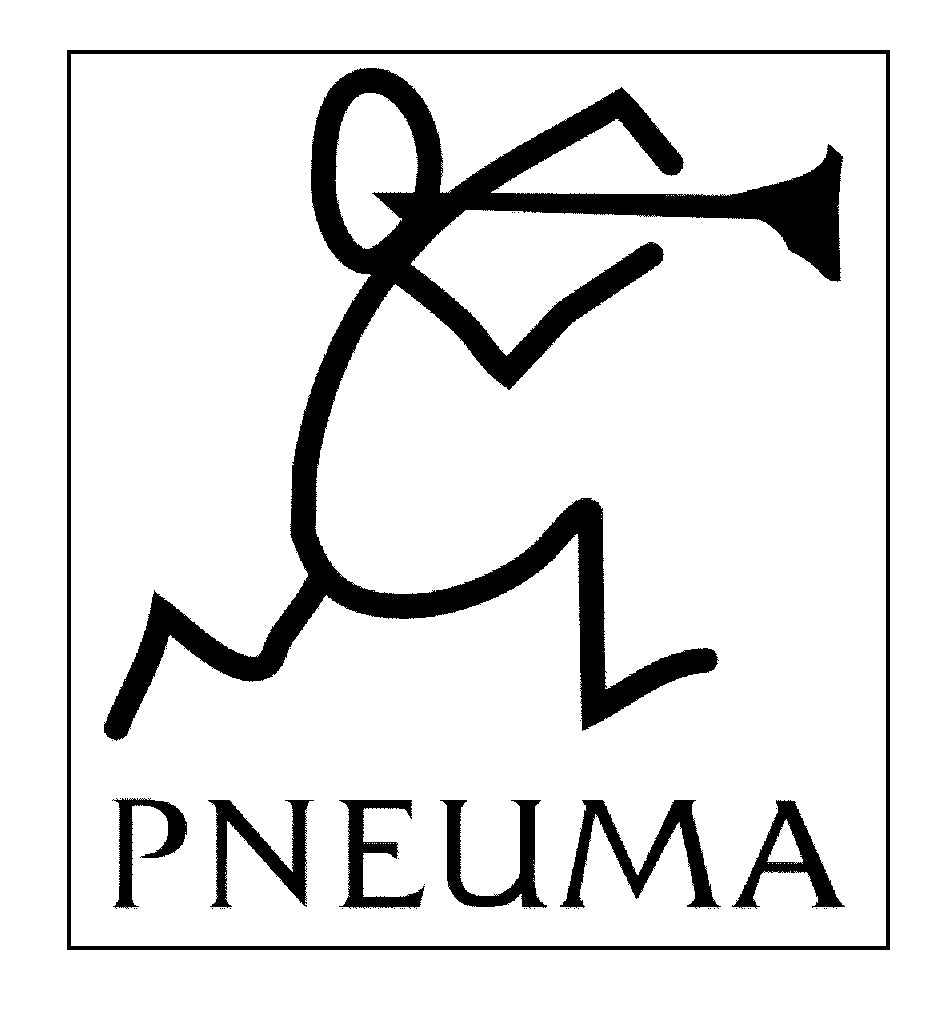CANTOS DE MUJER DE LAS TRES CULTURAS
Antes de la existencia de las crónicas escritas la historia se trasmitía mediante el relato oral, historia hablada o historia cantada, fuentes éstas esenciales para nuestro conocimiento del pasado. Hay sentimientos, emociones y actitudes que se pueden entender mejor y recuperar a través de fuentes no escritas, como son las canciones y las imágenes del pasado.
La música junto a la pintura y la miniatura son algo más que una expresión estética, son medios de expresión que tratan de contarnos algo, además de conmovernos con su belleza. Quienes cantaron las canciones de mujeres y crearon sus imágenes entendían el poder de este lenguaje.
Debemos contemplar una miniatura o escuchar una canción medieval de mujer, inmersa en el tiempo en el que se realizó y por más veces que lo hagamos, siempre veremos y oiremos algo nuevo y distinto. Los artistas góticos introducían sus obras en su propio mundo real, el que les rodeaba, representando la vida cotidiana de sus personajes.
Esta selección de canciones, interpretadas por voces femeninas, explora el valor de la expresividad para introducirnos en parte de la historia de la mujer medieval. Se trata de un esfuerzo para comprender una parcela de nuestra propia historia. Mostramos una selección, equilibrada y en secuencia alternativa, de canciones de las culturas cristiana, musulmana y judía, situadas en la España medieval.
La condición de la mujer en el medievo báscula entre dos concepciones típicas: la imagen de la diosa terrena dada por los trovadores, y en contraste, la imagen reflejada por los moralistas religiosos, de la mujer perversa incitadora de la lujuria del hombre. Frente a los estereotipos, estas canciones muestran a la mujer real, dedicada a su quehacer diario, rodeada del ambiente doméstico, ocupada en sus labores o en el ocio de las damas nobles. La música para las mujeres era un pasatiempo. Las damas nobles cantaban para su propia diversión acompañándose de mujeres instrumentistas. Lo hacían para alegrar el tedioso y lento bordado y para disfrutar de las fiestas y el baile.
Eduardo Paniagua
FEMALE VOICES IN THE THREE CULTURES
Spanish Christians, Jews and Muslims in the Middle Ages
Before written chronicles existed, history was passed on orally, history by word of mouth or history through song. These sources are essential for our knowledge of the past. There are feelings, emotions and attitudes that can be understood better, and recovered better, through non-written sources, through songs and images of the past.
Music, painting and miniatures, are more than just an artistic expression, they are a way of telling us something, as well as moving us with their beauty. Those who sang women’s songs and painted their images understood the power of women’s language.
When we look at the miniatures or listen to the songs medieval women sang we should immerse ourselves in the time when they were created. However many times we look or listen, we will always see and hear something new and different. The work of Gothic artists included their own real world, the world that surrounded them, representing the daily life of their characters.
This selection of songs, sung by female vocalists, explores the value of expressive qualities, helping us to participate in the history of the medieval woman. The effort made will help us to understand a portion of our own history. We present a balanced selection of songs, alternating between the Christian, Muslim and Jewish cultures in Medieval Spain.
A woman’s condition in medieval times was a balance between two typical concepts; the image given by the troubadours of the earthly goddess, and in contrast the image conveyed by religious moralists, of the perverse woman who incites man to lust. In contrast to these stereotypes, these songs show the real woman, dedicated to her daily tasks, surrounded by a domestic atmosphere, immersed in her chores or in the case of noble ladies, in her leisure. Music for women was a pastime. Noble ladies sang for their own entertainment with women instrumentalists. In this way, they could liven up their tedious and slow embroidery and really enjoy their parties and dancing.
Eduardo Paniagua




